“I struggle with finding activities to do with all levels of intervention in the classroom. For example, this year in 7th grade math, I had students who couldn’t do multi-digit addition and subtraction, while a few others were flying through it. I try to always review some 6th grade skills in the beginning and then review and reteach 7th grade skills I’ve covered, but they haven’t mastered. It’s hard finding a good medium, and daily centers are hard to find without spending a TON of time and/or money.”
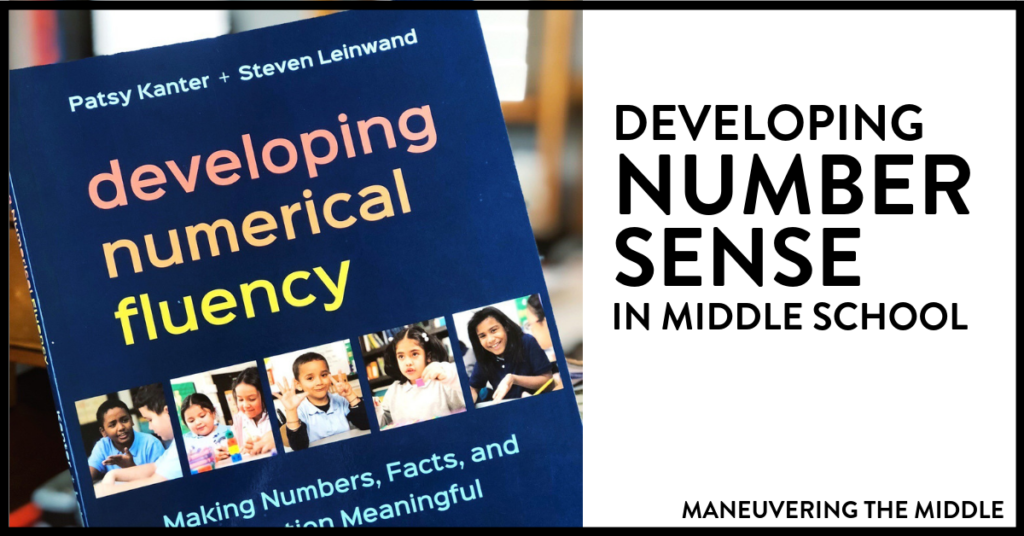 NUmber sense in middle school
NUmber sense in middle school
Does this sound like you? It surely sounded like me.
We have been doing quite a bit of research on number sense and numerical fluency, and I couldn’t help but share some of my learning with you. I especially struggle with finding resources and research to support it in the middle school classroom.
I reference a book called Developing Numerical Fluency by Patsy Kanter and Steven Leinwand below. This book is written with an emphasis on K-5 math content. I want to share some excellent points that they make and then provide an application for middle school math content.
What is number sense?
Number sense, also more recently known as numerical fluency is the ability to use numbers in a fluid and flexible manner. According to Kanter and Leinwand, “Fluency is not a simple idea. Being fluent means that students are able to choose flexibly among methods and strategies to solve contextual and mathematical problems, they understand and are able to explain their approaches, and they are able to produce accurate answers efficiently. Fluency builds from initial exploration and discussion of number concepts to using informal reasoning strategies based on meaning and properties of the operations.” (Developing Numerical Fluency, p. ix)
I can really resonate with this concept of flexibility and use of strategies. Have you ever had a student ask you a question and you see that they have gone through the motion of the problem, made a mistake, and their answer is out of this world unreasonable? They are lacking number sense.
Likely you have a student who, when subtracting, tries to borrow when there isn’t a need to borrow.
These students are moving through the procedures but don’t conceptually understand what they are doing. This is called having a procedural understanding rather than a conceptual understanding.
Numerical fluency promotes conceptual understanding of numbers and how they relate to one another.
What are the key understandings of numerical fluency?
In the book, Developing Numerical Fluency, Kanter and Leinwand share nine pivotal understandings. I strongly encourage you to read the book, so I won’t share them here. However, I will share my opinions on the key understandings for a middle school student.
1. All Quantities are Composed of Parts and Wholes
Can I get an Amen? Fractional parts may be the most difficult concept for students who struggle with number sense. The idea that something can be broken into parts, the parts can be added and subtracted, the parts can represent something greater than the whole, the parts can be compared, etc. — all of this is requires extremely abstract thinking.
For example, “Why does ⅕ times 5 result in a number less than 5 but 5 divided by ⅕ result in a number greater than 5?”
2. Acquiring the Language of Operations Before Learning Facts
By middle school, students have been exposed to math facts. However, I was really intrigued by how the authors point out how students often jump to the math and lose the context of the problem. This is why we see students who struggle with word problems. By emphasizing the process in which a student obtained the solution and why they chose the process, we are building a foundation of numerical fluency.
3. The Concept of one-half
The book references multiplication by 2, 3, 5, and 10 as a pivotal understanding for K-5 students. In middle school, I see this as the key understanding of multiplication by ½. Can a student quickly take ½ of a number? Can they visualize where ½ is on the number line? Do they see that multiplying by ½ and dividing by 2 results in the same value? Do they know that one-half of an even number is going to result in a whole number, but one-half of an odd number is not?
So they age-old question continues…
How do you build number sense?
First, let’s note that multiplication tables, straight rote memorization, and timed procedures do not build numerical fluency. They may be one way to assess numerical fluency, but they do not build number sense.
“Numerical fluency develops over time as students engage in active thinking and doing. They must strategize, reason, justify, and record and report on their thinking.” (Developing Numerical Fluency, p. 19)
Again, Developing Numerical Fluency shares six different processes that can be used to help build numerical fluency. These strategies are likely ones you incorporate in your classroom. I think the key is ensuring that students are aware of all of the strategies and can utilize them in context. We can model these strategies using think-alouds, during any direct instruction, during small group instruction, by asking questions that point to these strategies, and provide prompts to encourage students to utilize them in mathematical discourse.
- Contextualizing – integrating mathematics in a real-world context
- Constructing – utilizing manipulatives and hands-on materials to make connections
- Representing graphically or symbolically – sketching or drawing
- Visualizing – seeing the math in their brain
- Verbalizing – describe thought processes with mathematical vocabulary
- Justifying – answering the question of why
Why is number sense important?
As math teachers, we can go on and on and on about the importance of numerical fluency and a strong foundation. However, I think it’s also important to articulate the real-life application of problem solving and critical thinking. In an article last year, Dr. Keith Devlin shared the importance of number sense in the 21st century.
I would love to know your thoughts on number sense and how you build number fluency in your classroom. I am working on a post for next week with various ideas and tips to integrate in your classroom.
Click to find out more about Maneuvering Math™.
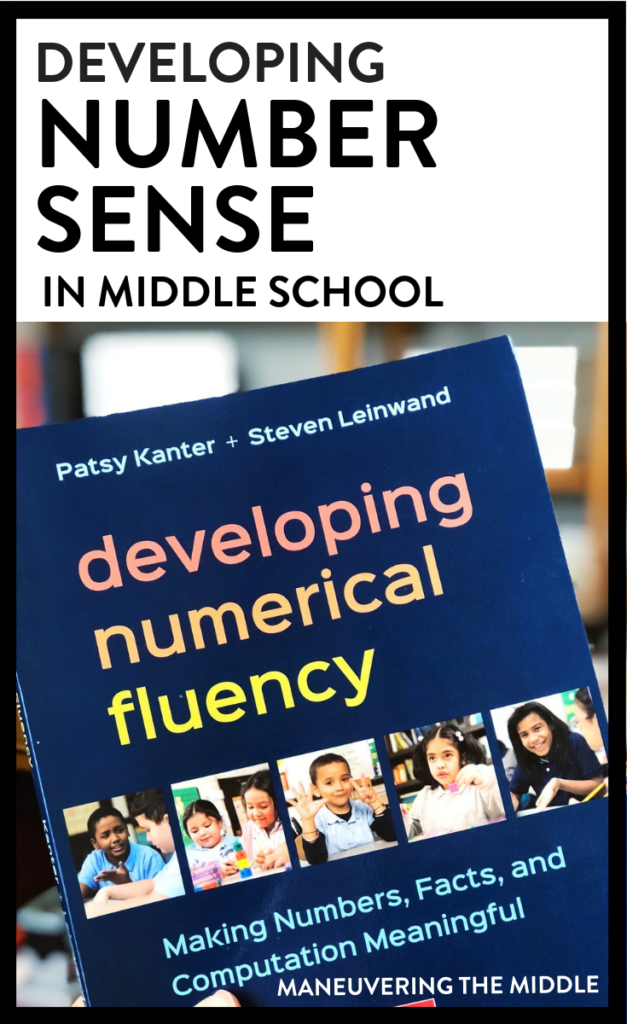
References
Kanter, P. F., & Leinwand, S. (2018). Developing numerical fluency: Making numbers, facts, and computation meaningful.
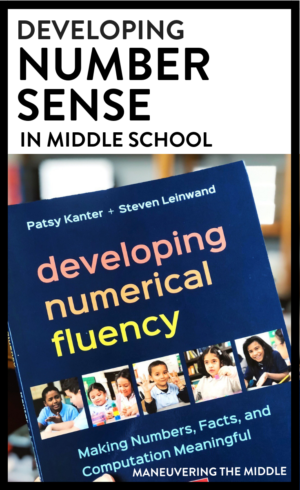
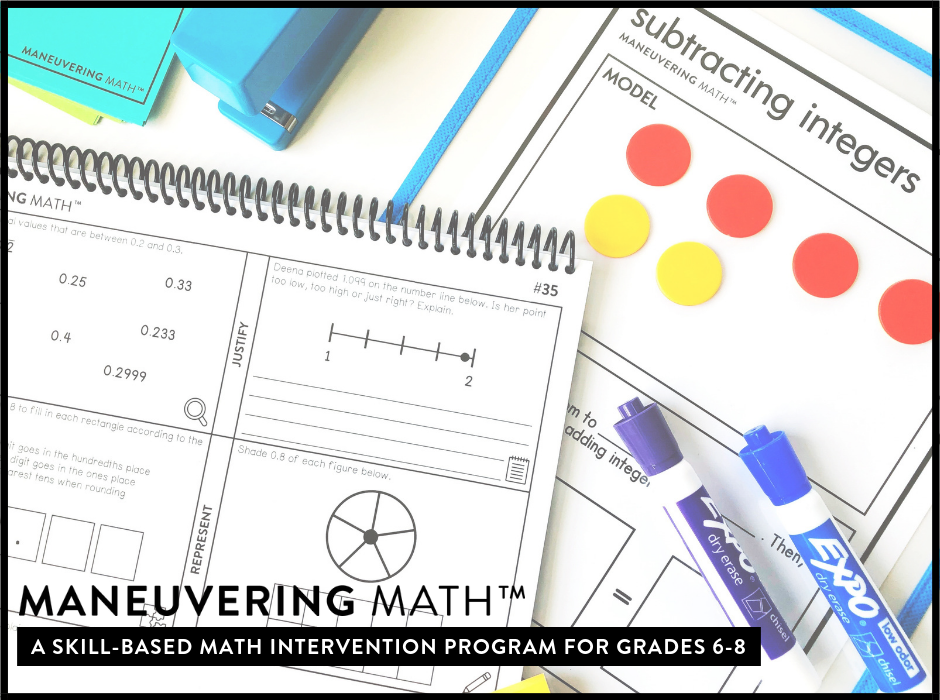
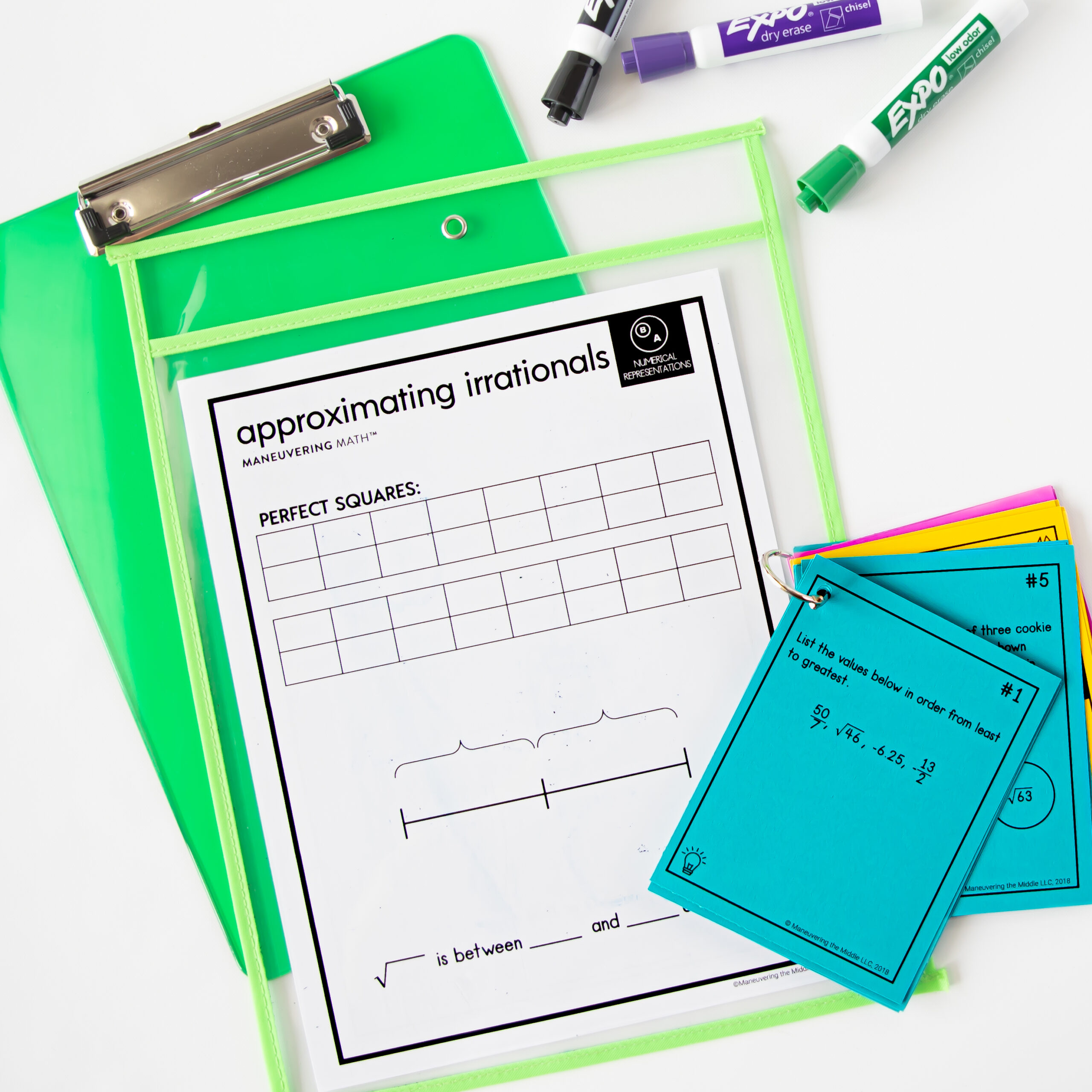
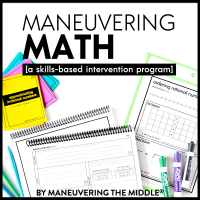
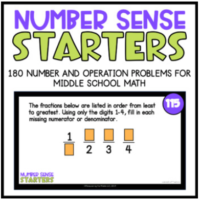
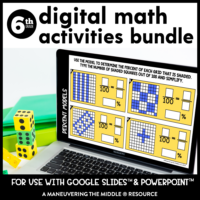
Hi, I am a middle school instructional coach. I teach 1 block of remediation to 7th grade students. Our class is 50 minutes and my most difficult part is getting students to think and focus on math. I have them working in partners. It’s a morning class and I’m trying to teach materials on grade level but the challenge is they are so low, but they can learn.